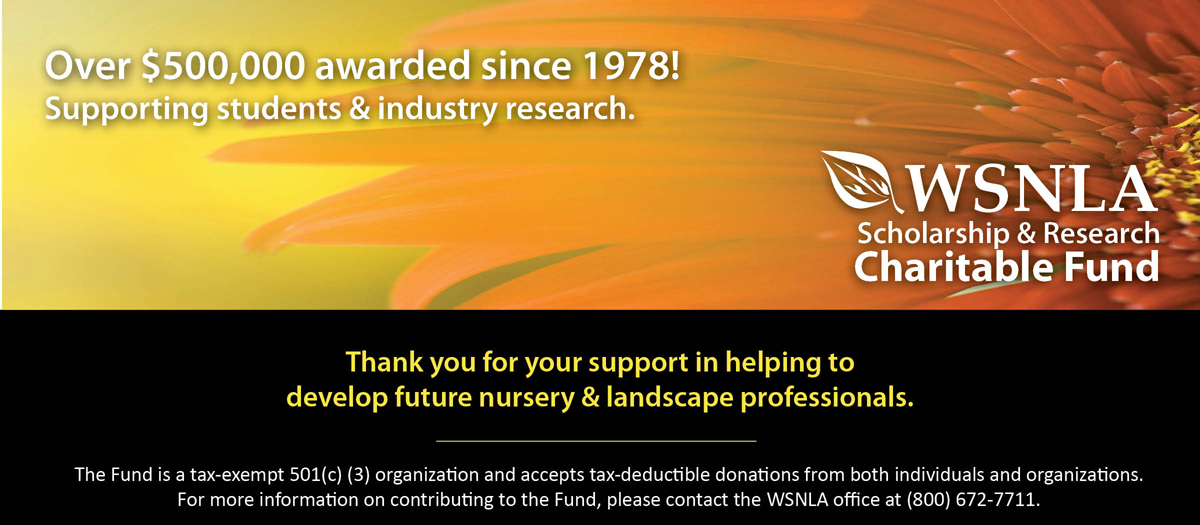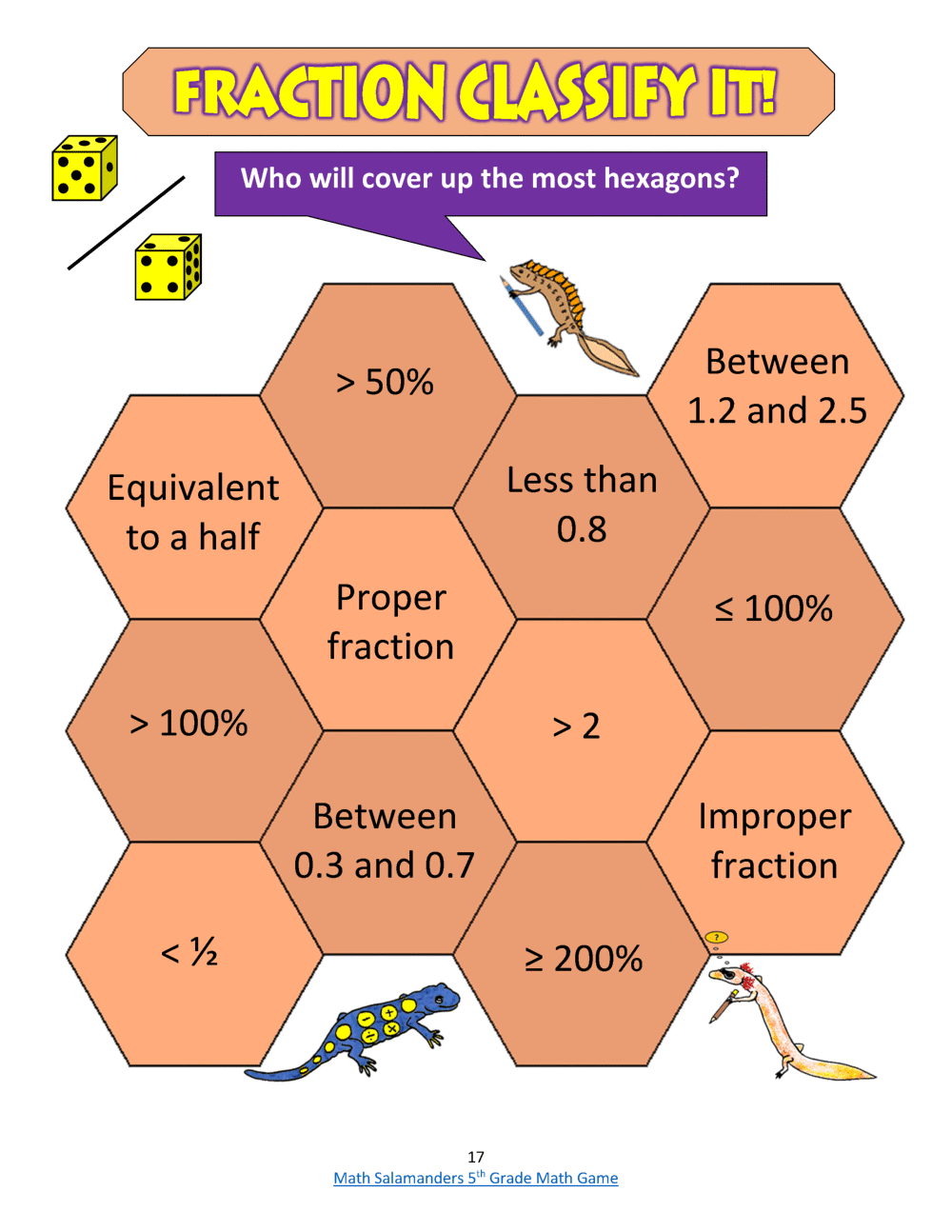
Yale University's Open Courses project is an innovative online resource that offers free access and unlimited access to 40 well-respected introductory courses. Its goal, to increase higher education material access, is its mission. This mission reflects the liberal arts philosophy of Yale University, which focuses heavily on developing a broad-based and disciplined intellect. It also promotes independent thought, independent scholarship and encourages independent thinking. Open Courses Yale can be used as a model for future MOOCs.
Yale University is the project behind Open Yale Courses
Open-Yale Courses (OWC), a Yale University program, may have been mentioned to you if you're a student. This website allows students to access course materials as well as full videos from undergraduate classes. These videos can be viewed even if you cannot attend class or are unable pay tuition. There are many other benefits to Open-Yale Courses, and we'll discuss them in this article.
It contains course materials and videos of 42 well-known courses.
Open Yale Courses offers course materials and videos for 42 well-known undergraduate and graduate courses offered by Yale University. Each course has a syllabus and reading assignments. It also includes class notes. High-quality videos are included. You can access the materials in five formats: audio, low-bandwidth Quicktime video and high-bandwidth stream video. Some courses offer additional information to enrich the learning experience.

It is an ideal model for future MOOCs
Yale University's Massive Open Online Courses 2nd Round will teach participants how negotiate and understand legal concepts. Students will also learn the details of 2008's financial crisis. The course will be made available online and will be indexed on search engines. It serves as a model for future MOOCs by Yale, although they are still some way off. The school will work with MOOC providers for its own MOOC.
It isn't a MOOC
The term MOOC has been used to describe a massive open online course, or MOOC. It is often misleading. Despite the widespread hype about MOOCs there are important differences between them, and traditional online courses. MOOCs are different from traditional online courses in many ways, including the way they are designed and how they approach research. These are the three main differences between MOOCs, and traditional online courses. If you can't answer either of these questions, it's probably not a MOOC.
It is not part or the AllLearn Consortium
While it may be surprising to learn that Yale is not part of the AllLearr consortium, the fact is that the university has a long history of developing educational materials. Yale was the first school that launched an online course. It has been a pioneer in this type online education since. But in 2006, Yale disbanded the AllLearn consortium and began its own project called "OpenCourseWare," which allows anyone to access thousands of free online curricula.
It is not offered in Rwanda
Open Yale Courses are open to educators and students from both institutions. Open courses are free and offered by accredited educational institutions, nonprofit professional training programs, or non-profit organizations. Rwandan students may also be able to study, work, or do research there. This program was formerly known as the Yale School of Forestry & Environmental Studies, and in July 2020 it will be changed to Yale School of the Environment.

It is not for everyone
Open Yale Courses are available to anyone who has a legitimate academic need. Yale University is one of the best 15 schools worldwide, but many classes can be taken online for free. Yale has even opened one of its most sought-after on-campus courses. Large open online courses don't have the same academic barriers as other universities.
FAQ
What is the difference in school and college?
Schools are organized by grades or classes. Each teacher teaches a particular class. Colleges offer more specialized programs, and many include university-level classes. The majority of schools focus on core subjects, while colleges offer more specialized programs. The curriculum at both levels is designed to prepare students for further study at higher levels.
What is the best way to start teaching early childhood?
The first step is to decide if you are interested in a career as an early childhood educator. If so, then you will need to get your bachelor's degree. Some states require that students have a master's level degree.
You may also be required to attend classes during the summer. These courses cover topics such as pedagogy (the art of teaching) and curriculum development.
Many colleges offer associate degree programs that lead directly into a teaching certificate.
Some schools offer certificates or bachelor's degree in early childhood education. But others only offer diplomas.
Teaching at home may be possible without additional training.
What is the distinction between public and private schools, you ask?
All students can attend the public school for no cost. They provide education from kindergarten through high school. Private schools charge tuition fees for each student. They offer education from preschool to college.
Charter schools are public-funded but privately managed. Charter schools do not follow the traditional curriculum. They allow students more freedom to discover what interests them.
Parents who believe that their children should be able to access quality education no matter what their financial situation are fond of charter schools.
Statistics
- And, within ten years of graduation, 44.1 percent of 1993 humanities graduates had written to public officials, compared to 30.1 percent of STEM majors. (bostonreview.net)
- These institutions can vary according to different contexts.[83] (en.wikipedia.org)
- They are more likely to graduate high school (25%) and finish college (116%). (habitatbroward.org)
- Globally, in 2008, around 89% of children aged six to twelve were enrolled in primary education, and this proportion was rising. (en.wikipedia.org)
- In most developed countries, a high proportion of the population (up to 50%) now enters higher education at some time in their lives. (en.wikipedia.org)
External Links
How To
Where can you find a teacher job?
Teaching jobs are available for public elementary schools as well as private elementary schools.
You must complete a bachelor's program at one of these institutions before you can become a teacher:
-
A four year college or university
-
An associate's degree program
-
There are some two-year community colleges programs
-
These programs may be combined
To be eligible to become certified for teaching positions, applicants need to meet the state's requirements. These include passing standardized testing and completing an internship period.
The Praxis II test is required by most states. This test assesses the candidate's reading, writing, mathematics, as well as language arts knowledge.
Many states require applicants to get a specialized license to teach in their state.
These licenses can be issued by the state's boards of education.
Some states grant licenses automatically without additional testing. In these cases, the applicant should contact the board of education in his or her state to determine if this is true in your area.
Some states will not issue licenses to applicants who have not completed a master's program.
Individuals in other states can apply for licensure directly to their state boards of education.
The cost of licenses varies widely depending on their duration and the required coursework.
One example is that some states only require high school diplomas, while others require bachelor's degrees.
Some states may require training in particular areas such as literacy or child developmental.
Some states require candidates to have a master's degree in order to become licensed.
Many states ask teachers who are applying for certification about their employment history.
If you worked in another profession, you might want to mention it on your application.
However, the majority of states will accept any previous work experience regardless of what job it was.
You may wish to list your previous job title, position, and years of service.
These information are often useful to potential employers.
It shows them you have relevant skills.
Working may allow you to learn new skills or gain valuable work experience.
Your resume can show this to future employers.